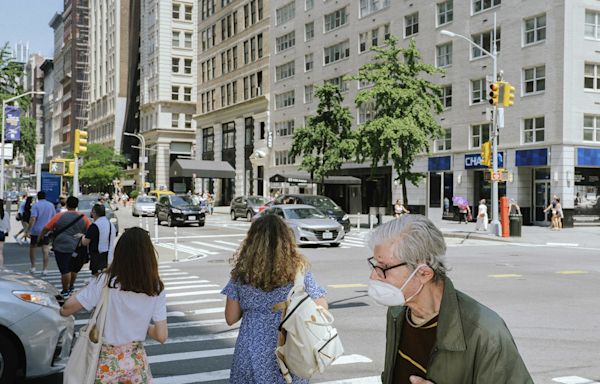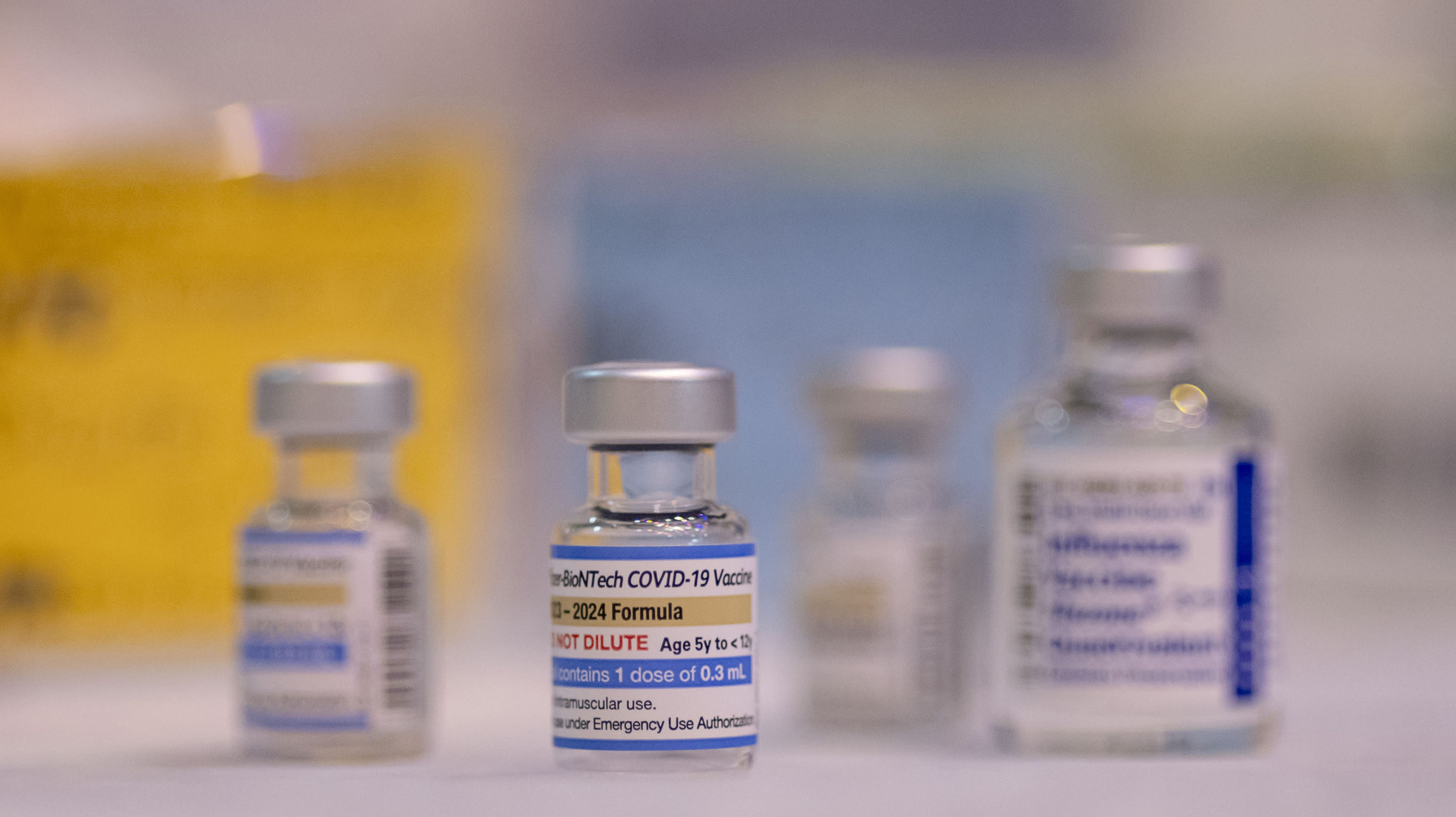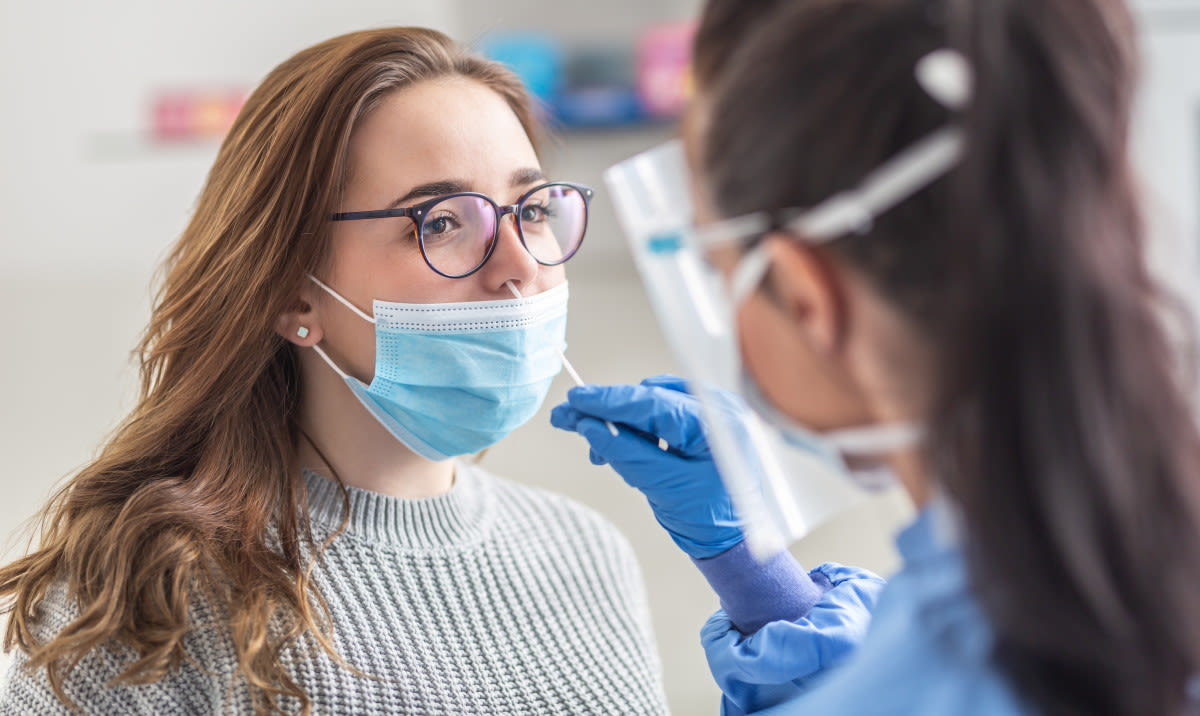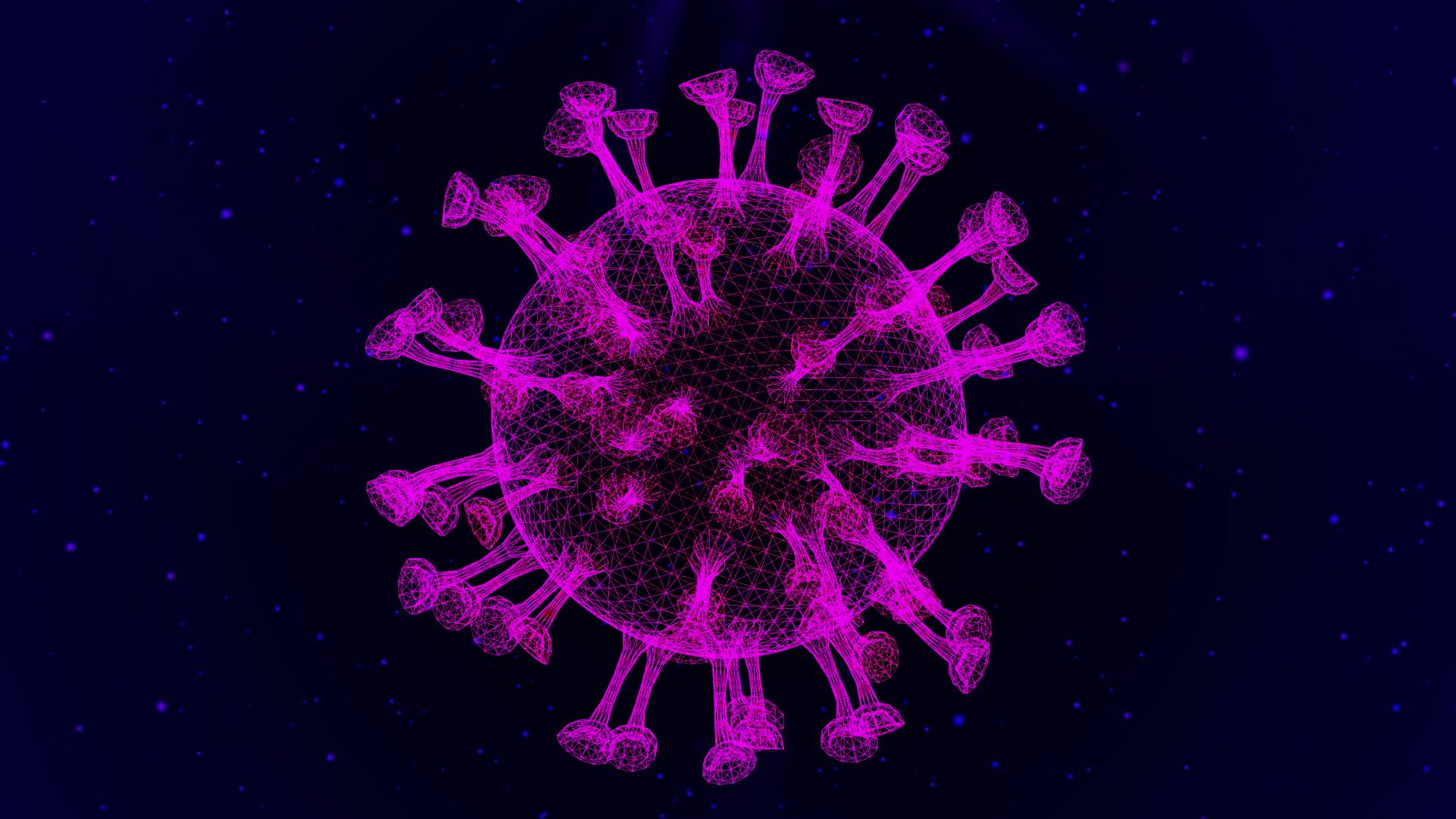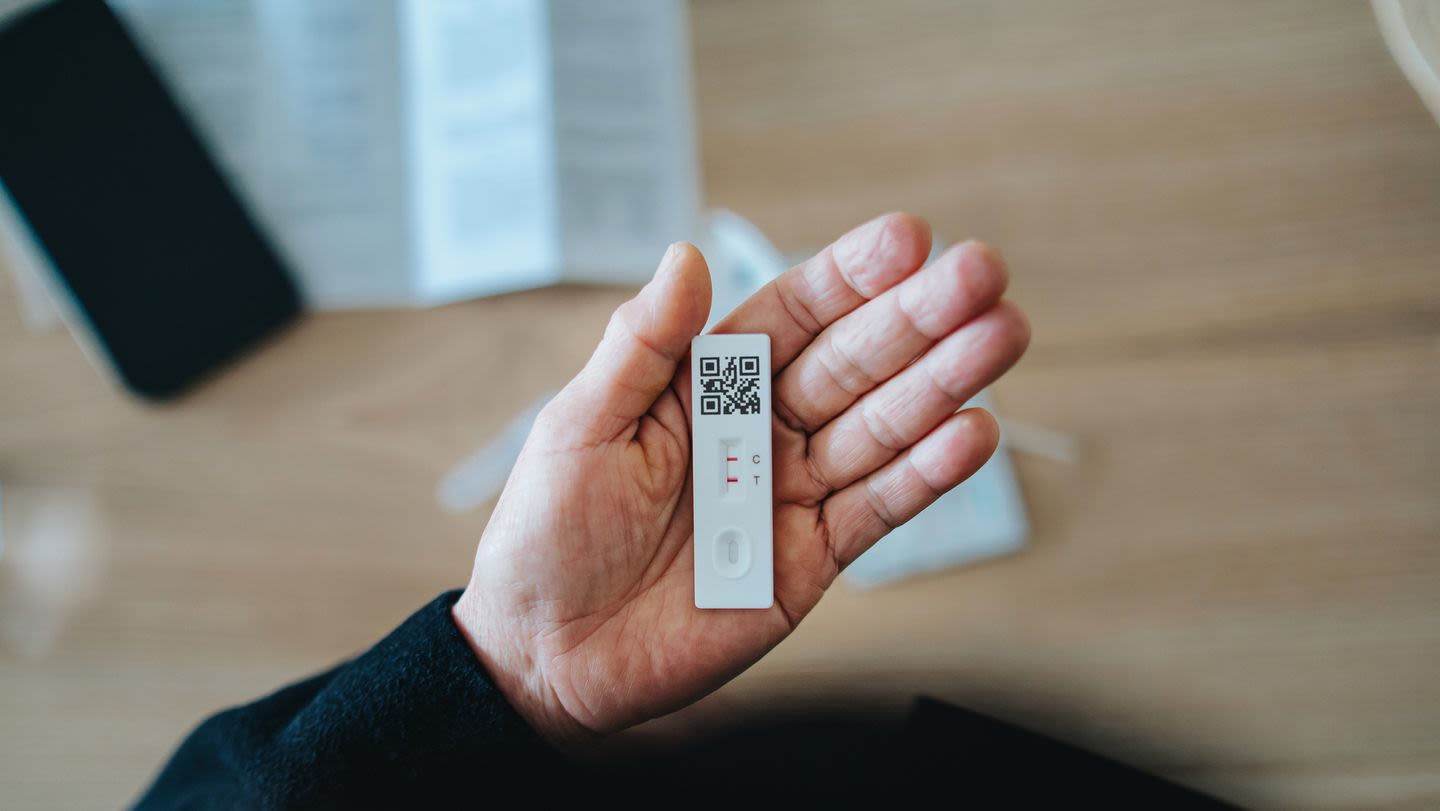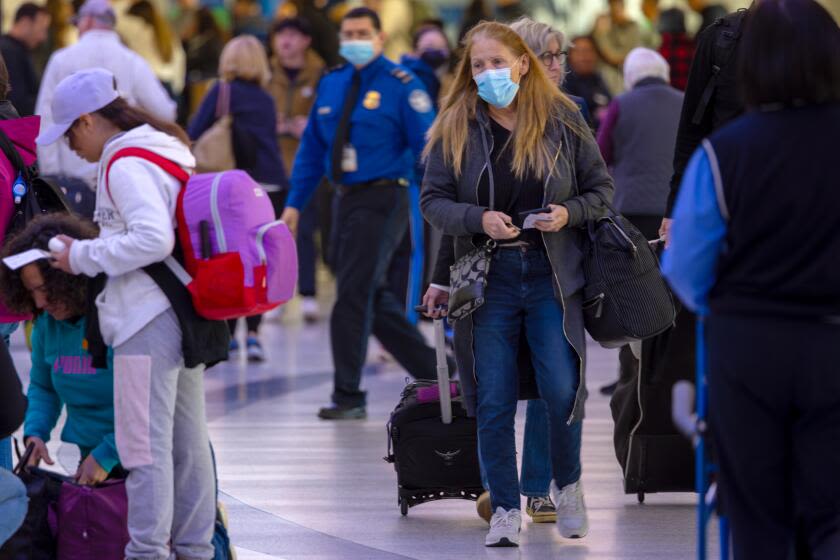Search results
News about COVID-19, FLiRT variants, KP.2
News about COVID-19, variants, symptoms
Also in the news
Symptoms of COVID-19 usually show up two to 14 days after exposure to SARS-CoV-2, but some people who are infected do not develop symptoms or feel ill. When this happens, a person is called asymptomatic. This is why it is so important to wear a face mask and to practice physical distancing and hand hygiene.
Feb 24, 2024 · According to the Centers for Disease Control and Prevention (CDC), COVID-19 symptoms may appear anywhere from two to 14 days after exposure to the virus. A review of studies conducted from 2020 to March 2022 indicated an average incubation period for COVID-19 at six to seven days, ranging from 1.8 to 18.87 days.
Feb 13, 2024 · Generally, the incubation period between your initial exposure to the virus and when you begin to notice symptoms is between two and five days.
Jan 24, 2022 · Incubation period. This is the time between getting infected and when symptoms appear. In general, you may see symptoms start two to 14 days after infection. The incubation period varies among individuals, and it varies depending on the variant.
Apr 28, 2023 · Santi Nuñez/Getty Images. Not everyone who has COVID-19 will have symptoms. If they do, symptoms may appear 2–14 days after exposure to the virus. They include: dry cough. fever. a new loss of...
Aug 27, 2020 · COVID-19 symptoms may appear in a specific order, usually starting with fever, according to a new study. The order of symptoms may help doctors differentiate between other respiratory illnesses. If you're experiencing any symptoms or have been exposed to COVID-19, you should seek testing regardless of the order symptoms appear.
Jul 7, 2020 · The incubation period for the coronavirus is between 2 and 14 days. On average, COVID-19 symptoms appear around 5 days after exposure, but this can… READ MORE

